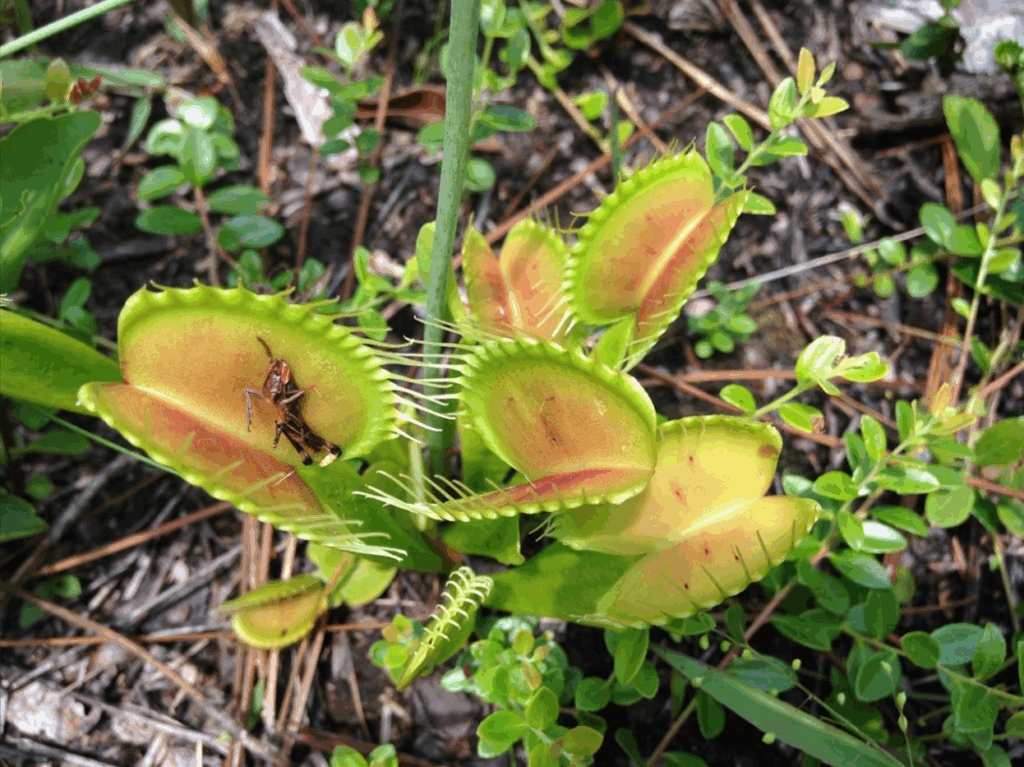Imagine a world where your next meal doesn’t just sit quietly in a fridge, waiting to be eaten. Instead, you have to lure it in, trap it, and break it down with enzymes—all on your own. That’s the everyday reality for the Venus flytrap, one of nature’s most astonishing survivors. This peculiar plant doesn’t eat for pleasure or the thrill of the hunt; it eats because it must, or it simply won’t last. For the Venus flytrap, hunting is a matter of life and death, and every snap of its jaw-like leaves is a story of survival, adaptation, and raw, ruthless ingenuity. Let’s dive into the hidden world of this captivating carnivore and explore what makes it so truly extraordinary.
A Plant Like No Other: Meet the Venus Flytrap
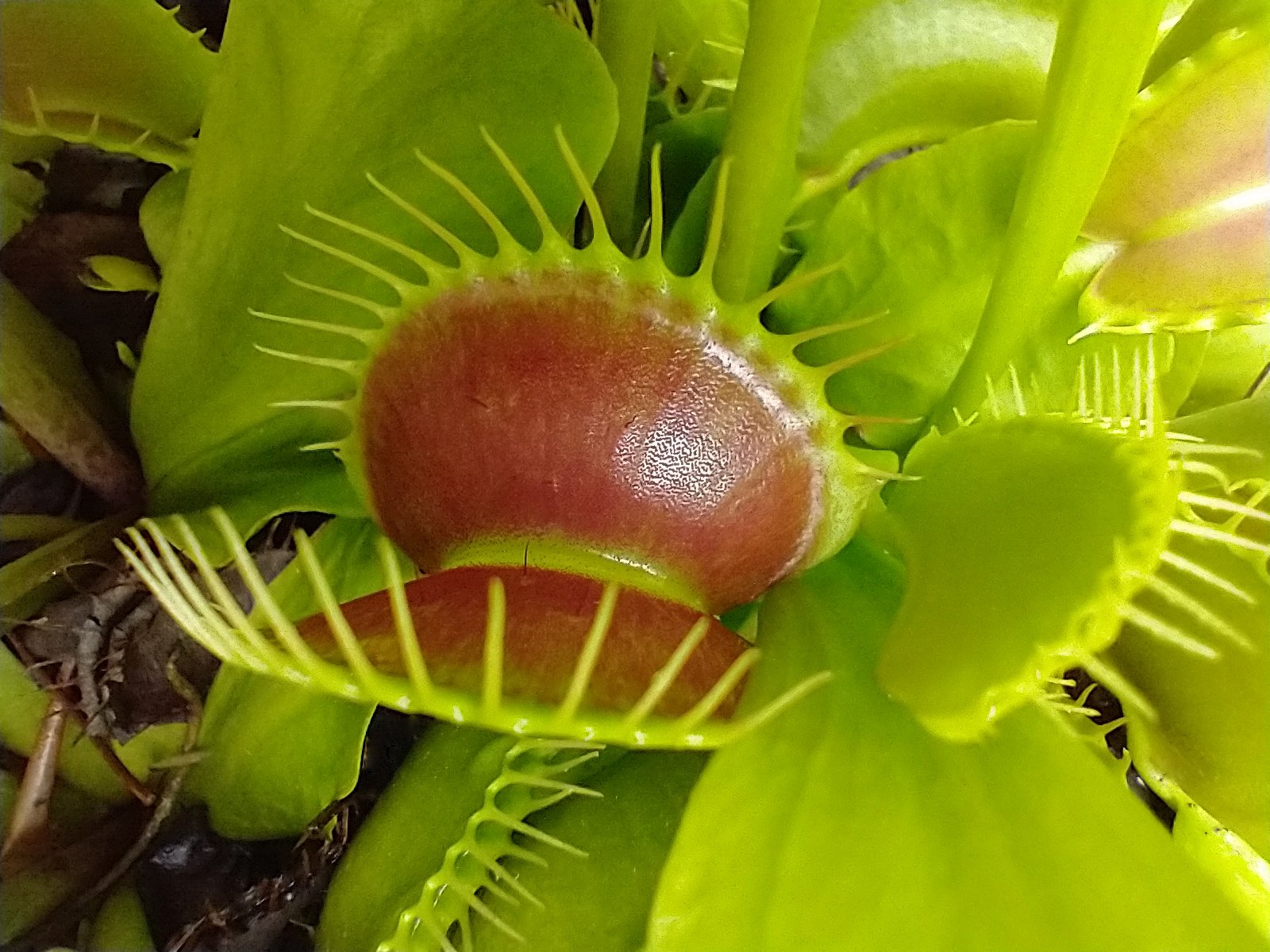
The Venus flytrap stands out in the plant kingdom, not just because of its dramatic eating habits, but due to its almost animal-like behavior. Native to the boggy wetlands of the Carolinas, it thrives in environments where nutrients are notoriously scarce. The soil it calls home is so poor, most plants would struggle to survive. The Venus flytrap’s solution? It evolved a taste for living prey. This means that, unlike most of its leafy relatives, it doesn’t rely solely on sunlight and soil. Instead, it’s found a shocking loophole in the laws of plant survival: eating animals.
Why Eating Insects Is a Necessity, Not a Choice
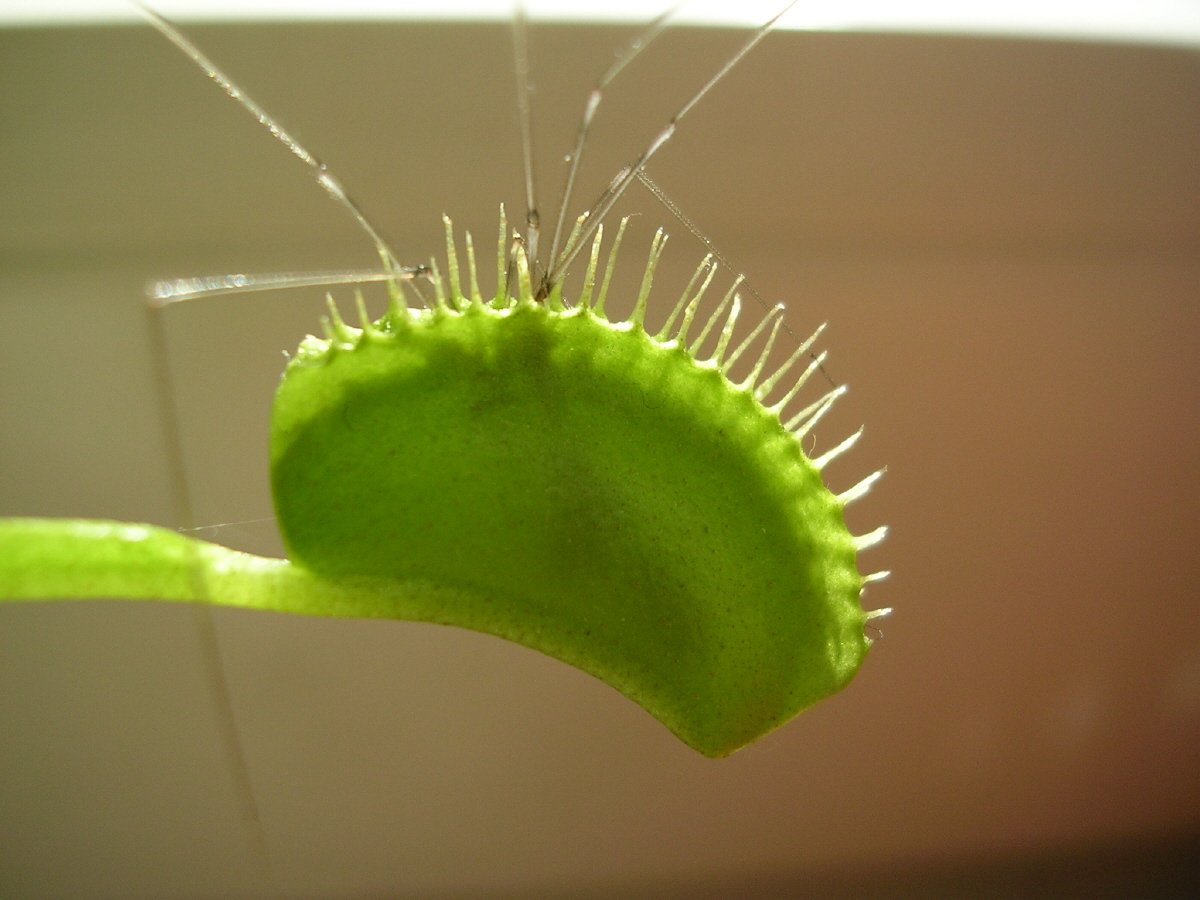
The Venus flytrap doesn’t snack on bugs for the fun of it. Its native soil is famously low in nitrogen—a crucial nutrient for growth. While most plants get their fill of nitrogen from the ground, the Venus flytrap is forced to look elsewhere. It’s a bit like living in a desert and having to find water wherever you can. By trapping and digesting insects, this plant gets the vital nutrients it can’t find in its environment. This is pure survival strategy, not a botanical thrill-seeking adventure.
The Ingenious Trap: Nature’s Snap Mechanism
The Venus flytrap’s leaves are more than just leaves—they’re living, moving traps. They’re shaped like little jaws, each lined with fierce, tooth-like cilia. When an unsuspecting insect lands on the trap and brushes against two of the sensitive trigger hairs, the plant snaps shut in less than a second. This speed is almost animal-like and is powered by an electrical impulse, not muscles. The snap is quick, efficient, and almost always deadly for whatever finds itself inside.
Trigger Hairs: The Plant’s High-Tech Security System
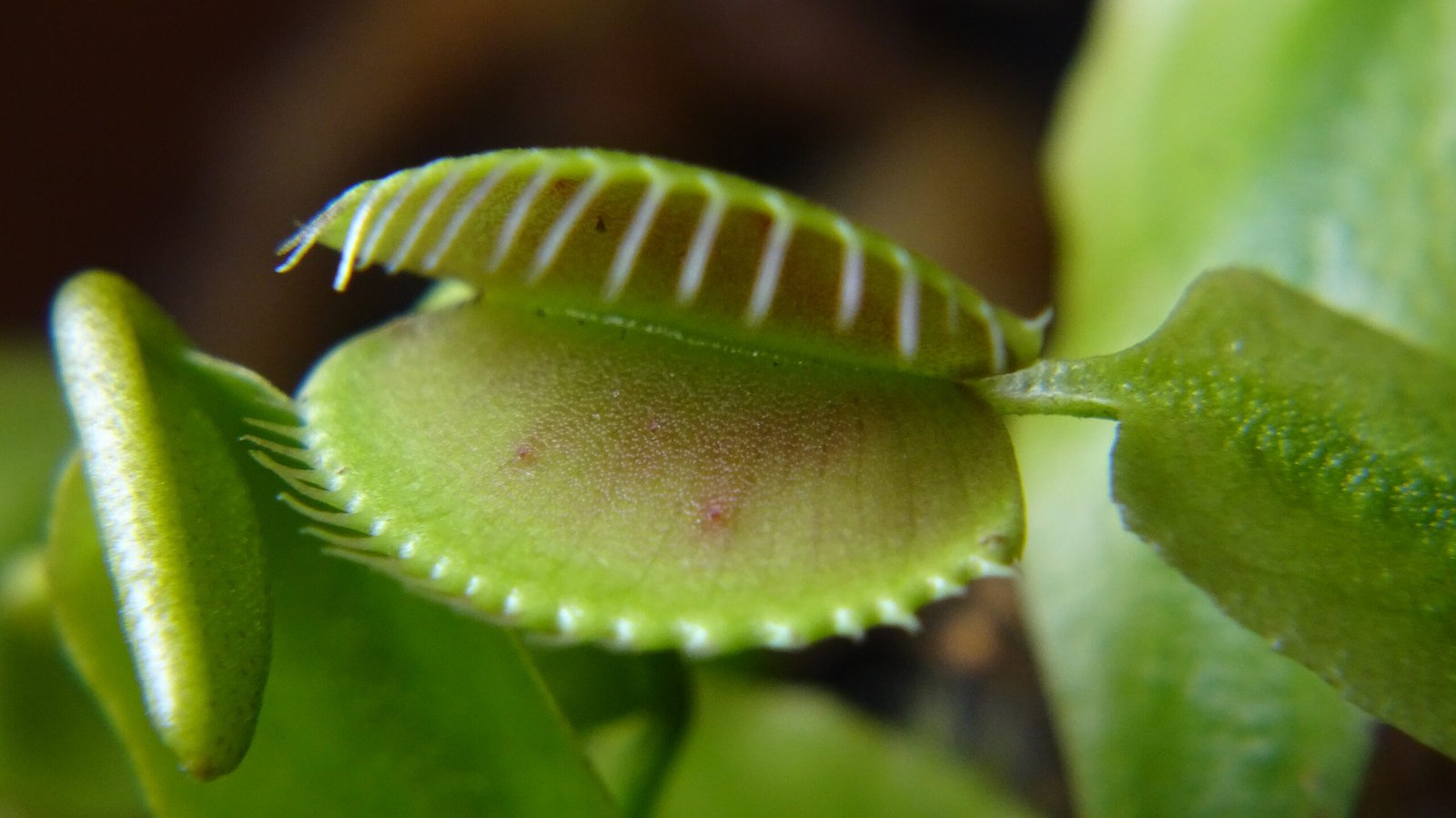
Hidden inside each trap are tiny, sensitive hairs that act as the plant’s alarm system. If a raindrop or falling leaf sets off just one hair, nothing happens. But if two hairs are touched within about 20 seconds, the trap slams shut. This double-tap requirement helps the plant avoid wasting energy on false alarms. It’s a bit like having a motion sensor that only goes off if it’s sure there’s a real intruder—scientifically clever, yet fundamentally simple.
What Happens After the Trap Shuts?
Once the trap closes, the Venus flytrap isn’t done. The plant checks if it’s caught real prey by sensing further movement inside. If the trapped item struggles, the plant’s lobes seal tighter, forming a stomach-like chamber. Over the next several days, digestive enzymes seep into the chamber, liquefying the insect’s soft tissues. The plant then absorbs the nutrients, leaving behind a dry, hollow exoskeleton. The entire process is meticulous, slow, and absolutely necessary for its survival.
The Price of a Meal: Energy and Risk
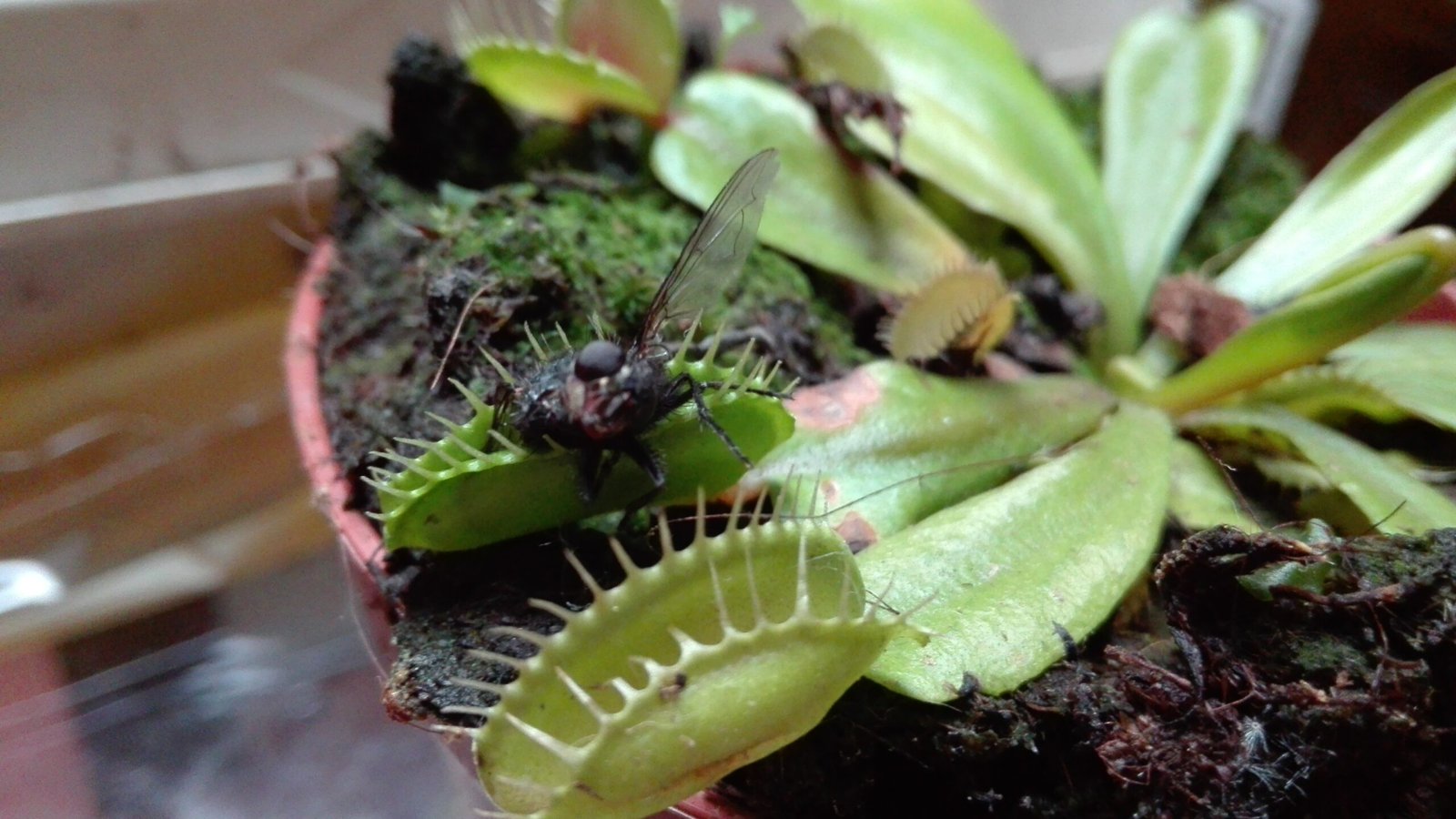
Catching and digesting prey isn’t easy or cheap for the Venus flytrap. Each snap uses up precious energy. If the trap closes on something inedible, like a pebble or a twig, that energy is wasted. Worse, a trap can only open and close a handful of times before it dies off. This makes every meal a gamble—the plant must choose wisely, or it risks starving or losing a key part of itself for nothing.
How Many Insects Does It Need to Survive?
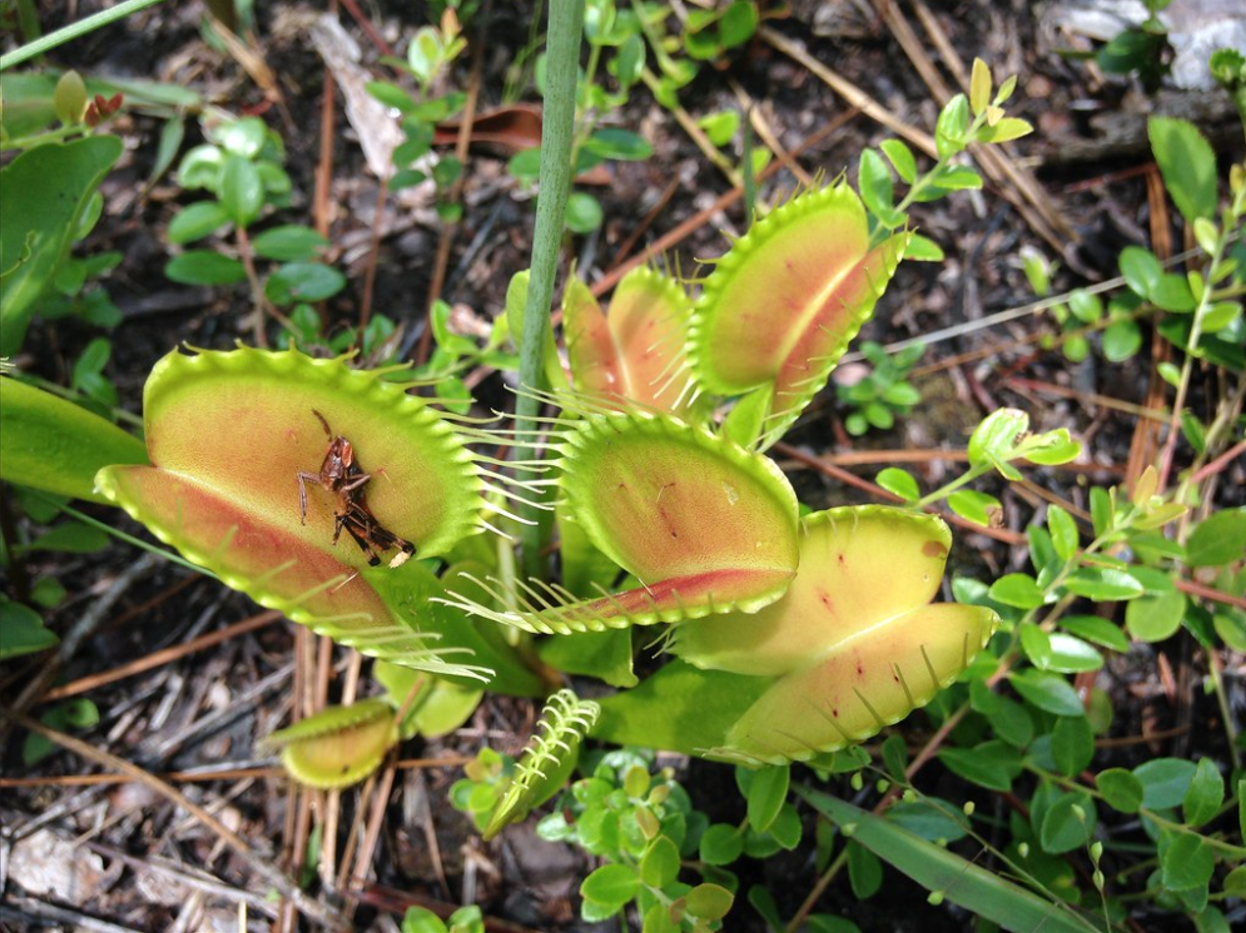
Surprisingly, the Venus flytrap doesn’t devour bugs nonstop. In fact, it can live for weeks without eating, especially if it’s getting enough sunlight. Most traps catch just a few insects each month. These rare, protein-rich meals are enough to supplement the plant’s diet and keep it thriving. Just like a bear living off a few big fish, the Venus flytrap makes every meal count.
Adapting to a Hostile Home
The Venus flytrap is a master of adaptation. Its native environment—acidic, waterlogged bogs—would kill most other plants. These wetlands are almost barren of nutrients, forcing the Venus flytrap to evolve or die. By becoming a hunter, it’s managed to carve out a niche where few others can compete. It’s an inspiring reminder that sometimes, the only way to survive is to rewrite the rules.
Why Isn’t Every Plant a Carnivore?
You might wonder—if eating bugs is so effective, why don’t all plants do it? The answer lies in the delicate balance of energy, risk, and reward. Carnivory requires a lot of specialized adaptations, like moving parts and digestive enzymes, which are costly to maintain. For most plants, it’s just easier to stick to photosynthesis. Only those in the most extreme environments—like the Venus flytrap—make the leap to hunting.
The Science Behind the Snap: Electricity in a Plant
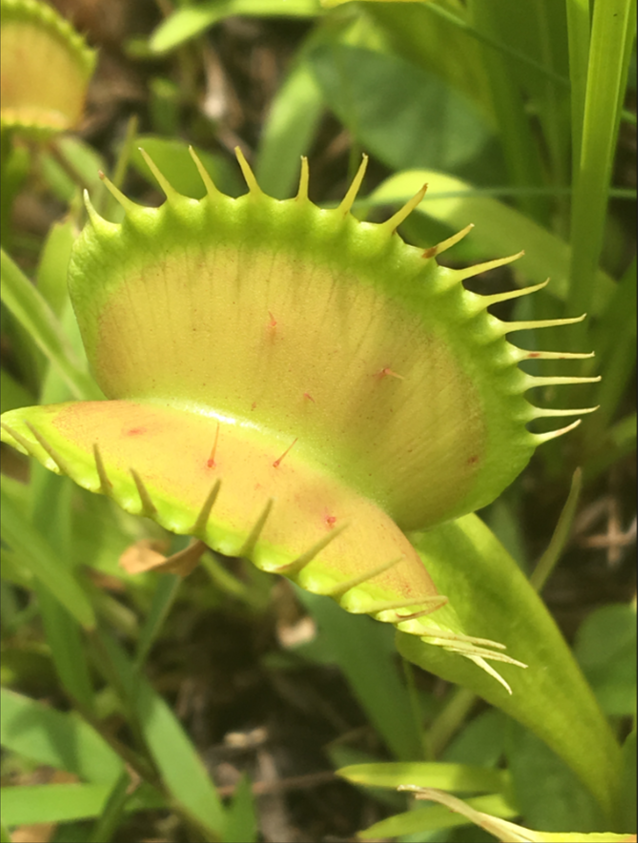
It’s easy to imagine plants as passive, but the Venus flytrap is electrically alive. The rapid snap of its trap is triggered by an action potential, similar to the nerve impulses in animals. When trigger hairs are touched, ions rush through the plant’s cells, causing water to move and the trap to close. It’s a blend of biology, chemistry, and physics, all playing out in a split second—more high-tech than most people realize.
How Does the Venus Flytrap Digest Its Prey?
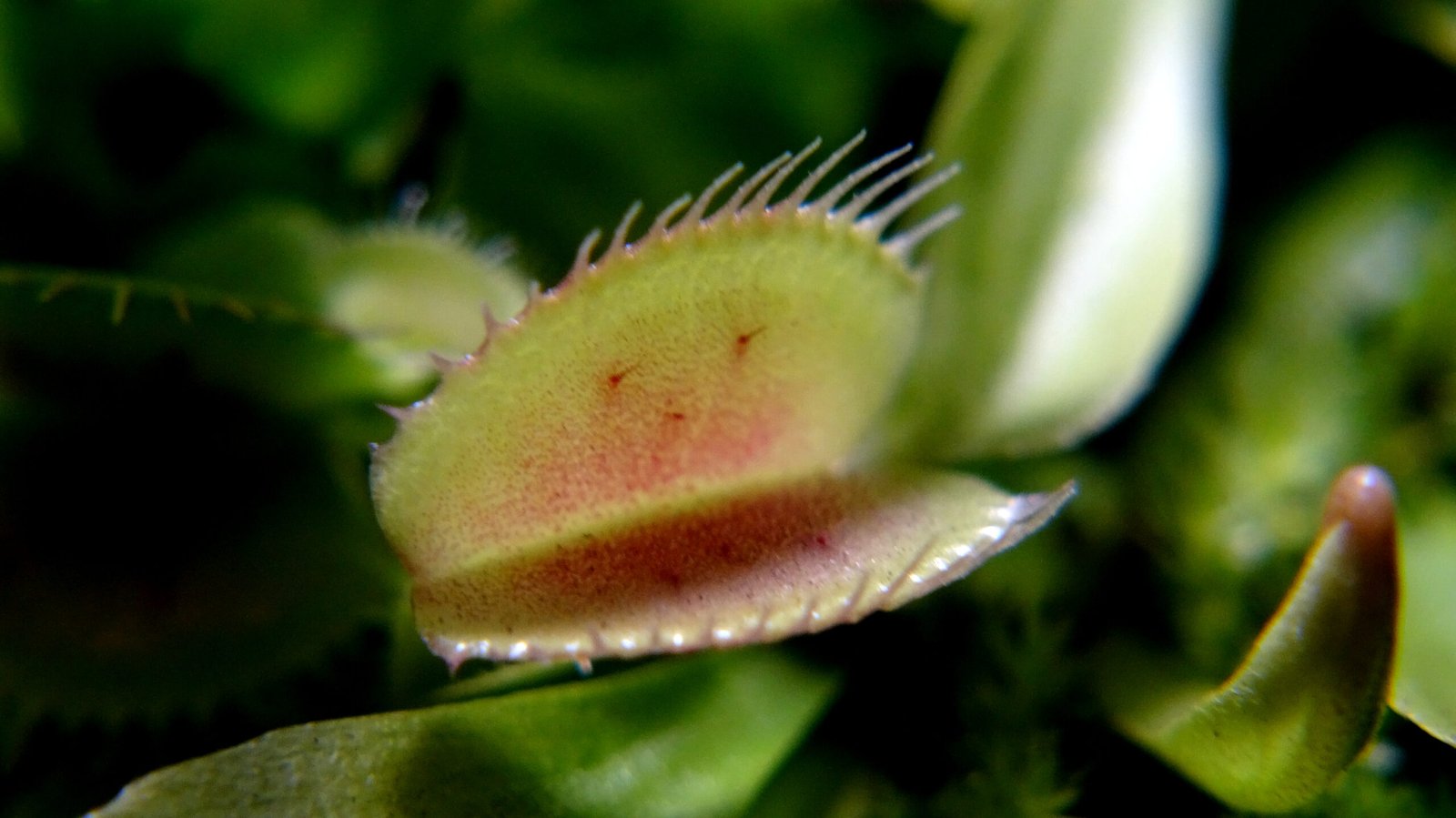
Once the trap is sealed, glands on the inner surface release digestive fluids, breaking down proteins and other nutrients. This process is eerily similar to how our own stomachs work. The plant absorbs the resulting soup through its leaves, strengthening itself with each hard-won meal. The leftover bug shell is eventually blown away by the wind or washed off by rain, and the trap reopens, ready for the next unlucky visitor.
Venus Flytraps in Popular Culture and Myth
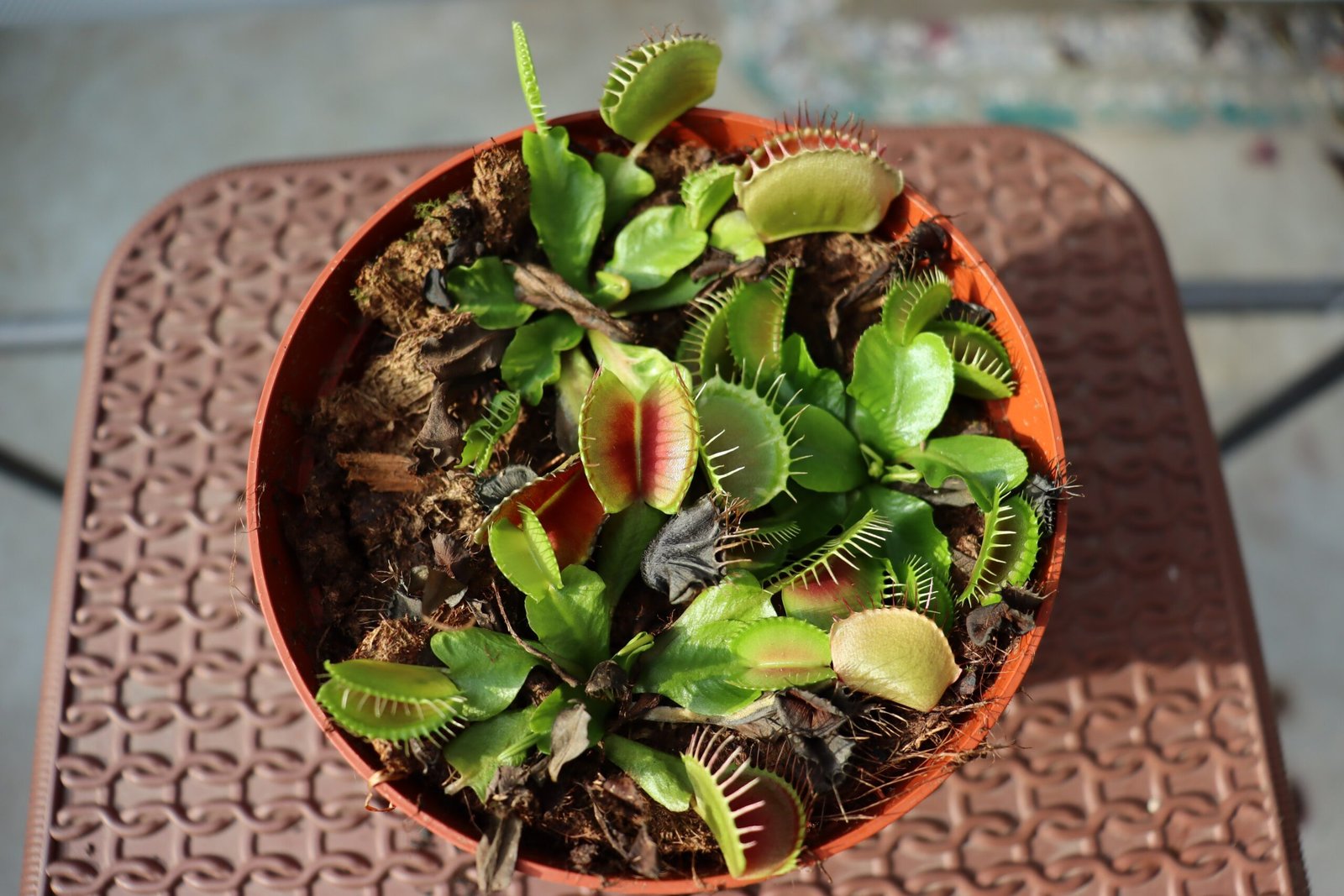
The Venus flytrap has captured human imagination for centuries. Its dramatic hunting style has inspired everything from horror movies to comic books. People often picture it as a man-eating monster, but in reality, it’s a fragile, fascinating survivor. The myths may exaggerate its appetite, but the real story is even more astonishing—a plant that behaves like a predator.
Challenges in the Wild: Threats to Survival
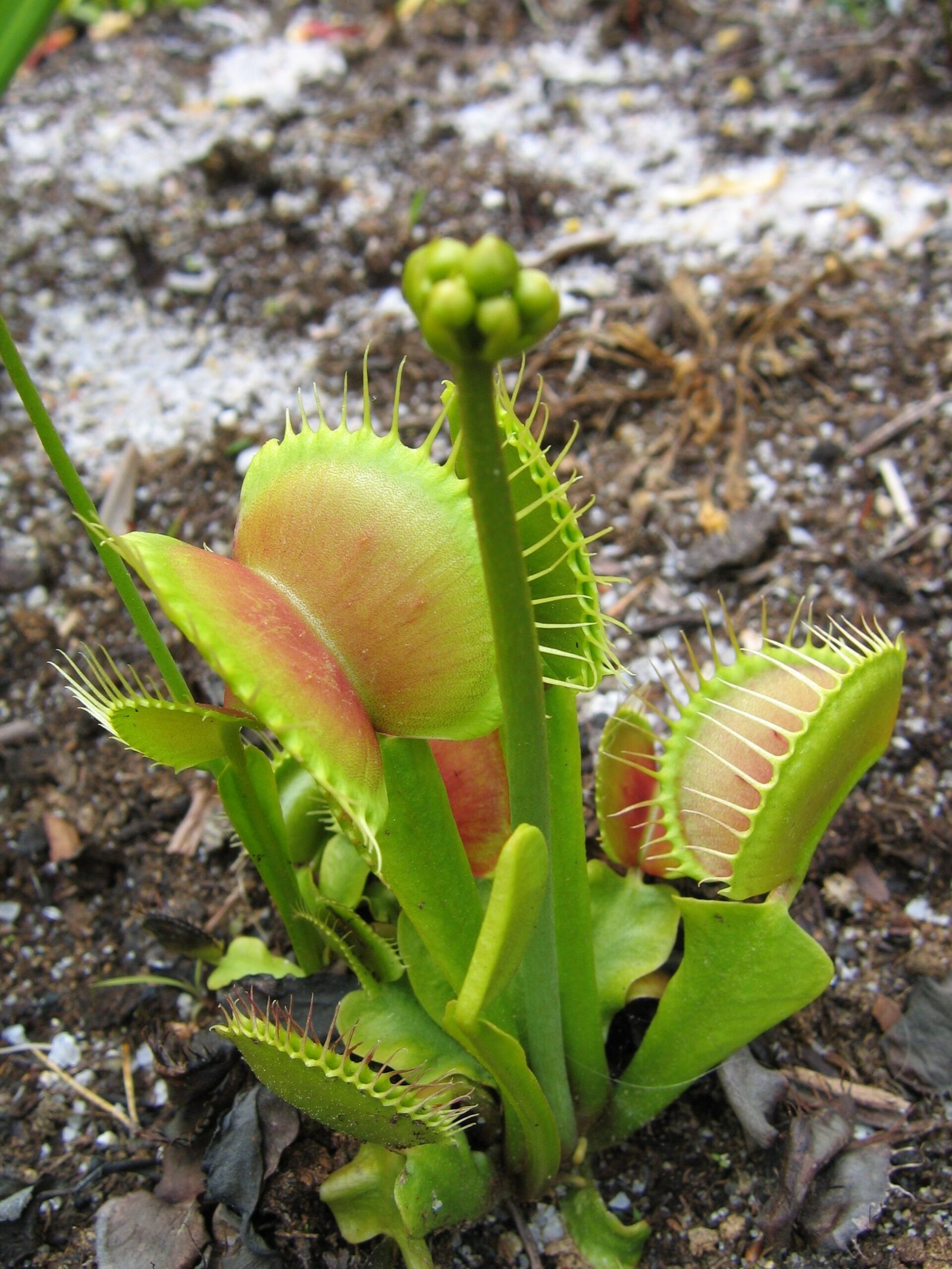
Despite its clever adaptations, the Venus flytrap faces serious threats in the wild. Habitat loss, poaching, and climate change have all taken a toll on its numbers. Wetlands are drained for development, and collectors sometimes dig up plants illegally. As a result, the Venus flytrap is now considered vulnerable, reminding us how delicate even the fiercest survivors can be.
Growing Your Own: The Realities of Cultivating Venus Flytraps

Many people try to grow Venus flytraps at home, often drawn by their unusual appetite. But keeping one alive is trickier than it seems. These plants need pure water, acidic soil, and plenty of sunlight. Feeding them isn’t just a novelty—they actually need the occasional bug to stay healthy. It’s a living science experiment, and a powerful lesson in the complexities of nature.
Misconceptions: Do They Eat Only Flies?

Despite their name, Venus flytraps aren’t picky eaters. They’ll go after any small insect or spider that stumbles into their jaws. Ants, beetles, and even tiny frogs have been known to fall victim. The name might suggest a singular craving, but in reality, the Venus flytrap is an opportunist—it takes whatever it can get, whenever it can get it.
The Role of Sunlight: Photosynthesis Still Matters
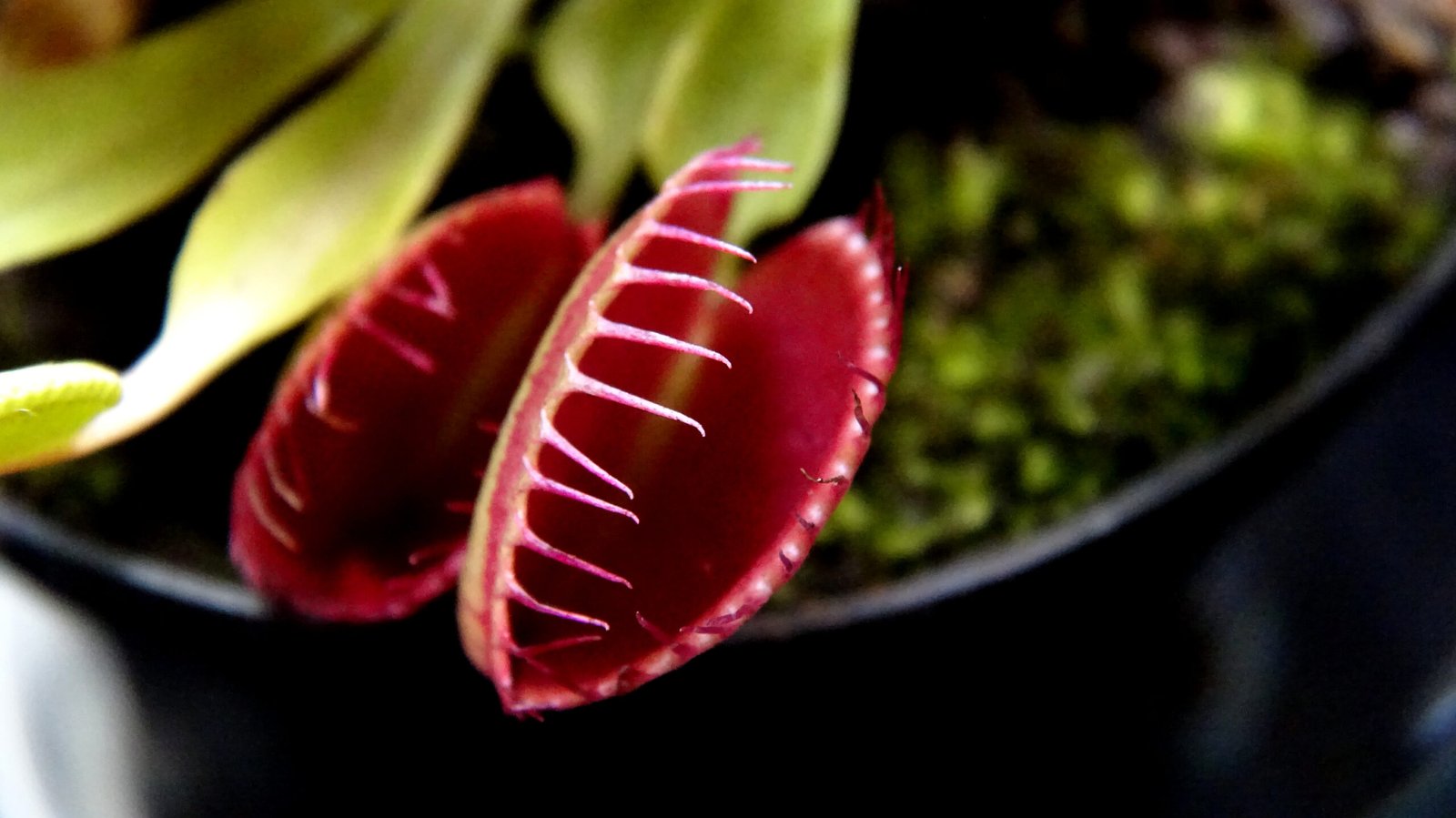
Even though it hunts, the Venus flytrap doesn’t abandon its plant roots, so to speak. Like all green plants, it still relies on photosynthesis for most of its energy. The captured insects are more like vitamin supplements, providing the extra nutrients needed for growth and flowering. Without enough light, even a well-fed flytrap will struggle, proving that old habits die hard.
Other Carnivorous Plants: Not Alone in the Hunt
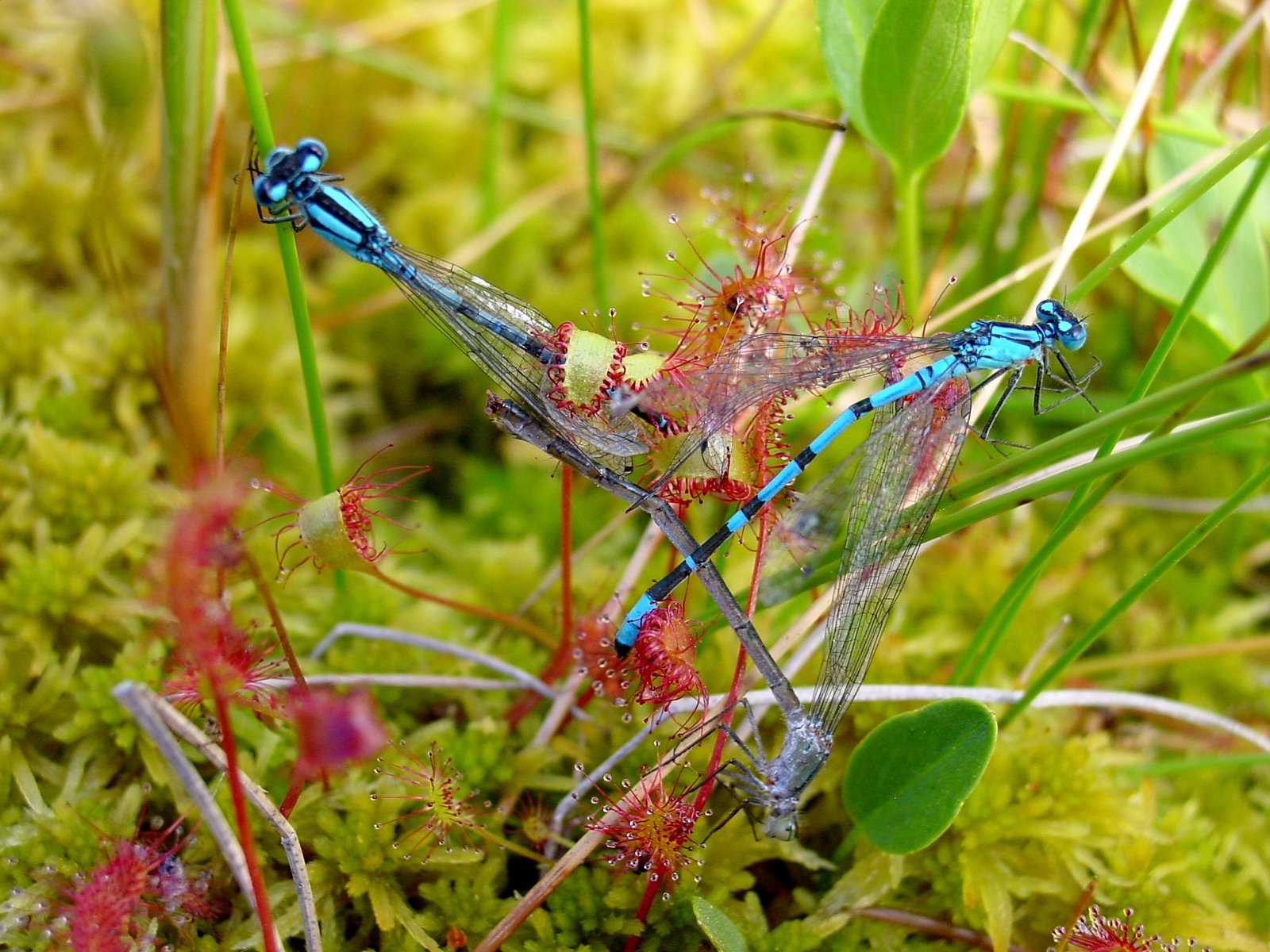
The Venus flytrap isn’t the only plant with a taste for flesh. Pitcher plants, sundews, and bladderworts have all evolved their own unique traps. Some use sticky leaves, others lure prey into deep cups. Each has its own strategy, but all share the same drive—to find nutrients in a world where they’re hard to come by. It’s a reminder that evolution never stops inventing new ways to survive.
Pollinators and Prey: A Balancing Act

One of the great mysteries about the Venus flytrap is how it manages to avoid eating its own pollinators. The answer lies in timing and location. Pollination happens on tall stalks above the traps, keeping bees and butterflies safely out of harm’s way. It’s a delicate dance, showing that even a ruthless hunter must tread carefully to ensure its own future.
Venus Flytraps in Science and Research
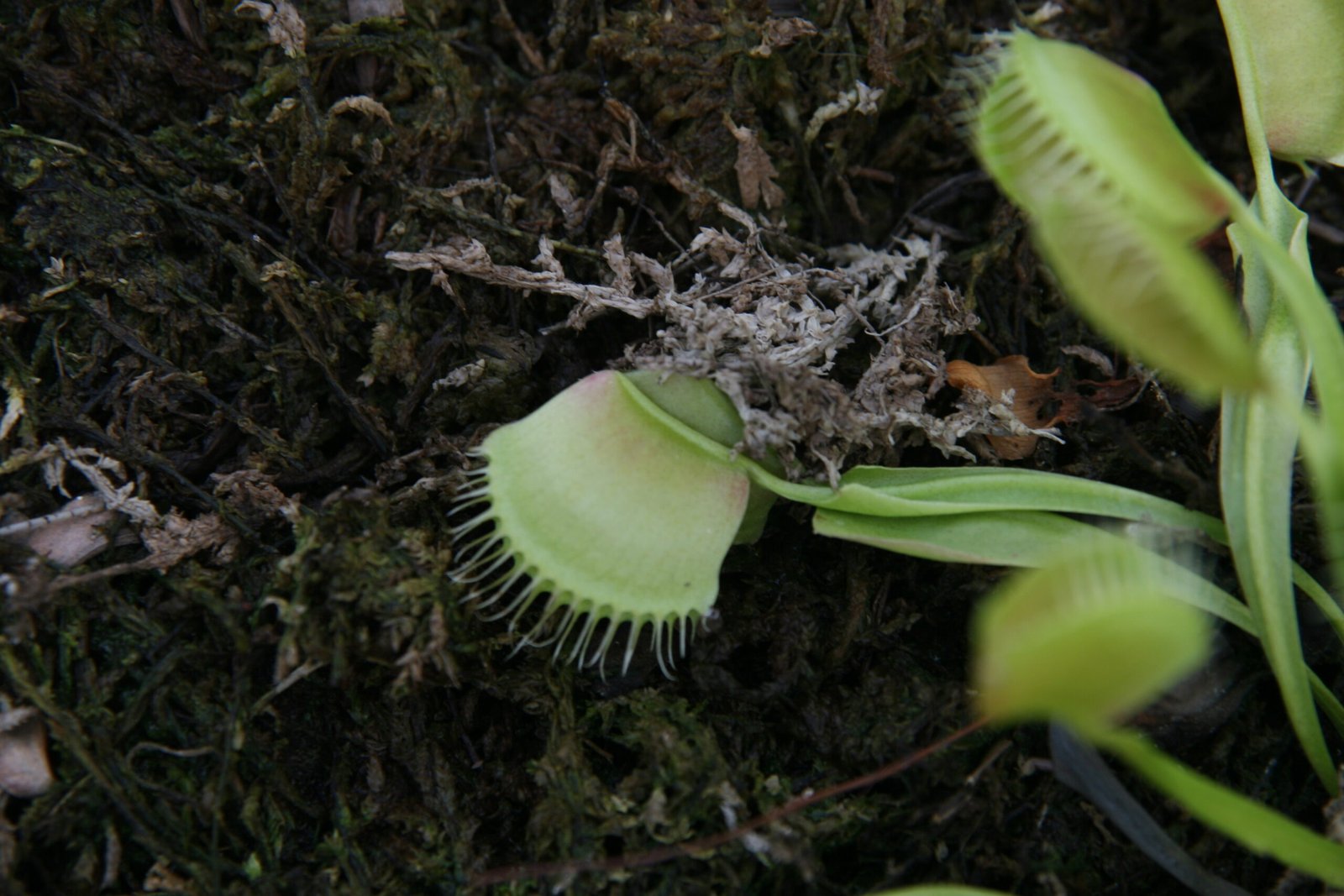
Scientists are fascinated by the Venus flytrap, not just for its dramatic hunting, but for what it teaches us about plant intelligence and adaptation. Research into its electrical signals, digestive enzymes, and growth patterns is uncovering new secrets about how plants sense and respond to the world. It’s a living laboratory, full of surprises for those willing to look closer.
Conservation: Protecting Nature’s Living Traps
With wild populations shrinking, protecting the Venus flytrap has become a priority for conservationists. Efforts include restoring wetlands, enforcing anti-poaching laws, and educating the public about its importance. By understanding and respecting this remarkable plant, we take a step towards safeguarding the rich tapestry of life on our planet.
The Venus flytrap reminds us that survival often means breaking the rules and finding new paths. Its story is one of grit, adaptation, and the relentless drive to thrive against all odds. Next time you see its jaws snap shut, think of the wild world it comes from—and how much it still has to teach us.

